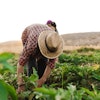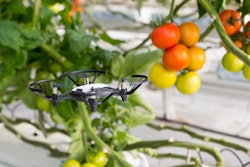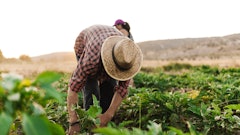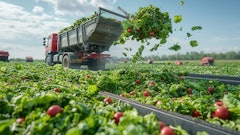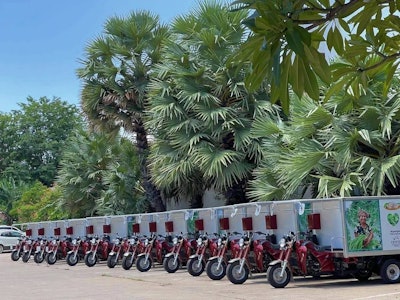
The onset of the Coronavirus disease (COVID-19) pandemic brought local and global supply chains to a virtual standstill, threatening food production and distribution systems. To continue the critical transfer of food and agricultural services, local communities were prompted to repurpose transportation methods. Through bicycles, “agriambulances” and tuk tuks, smallholder farmers and entrepreneurs found creative ways to access markets despite movement restrictions.
Delivery with a push of a peddle
On-demand food delivery systems were almost unheard of in agricultural communities in Ecuador prior to the COVID-19 pandemic, but the pressing need to sustain livelihoods drove demand for new food distribution solutions. With marketplaces closed, consumers in cities struggled to access fresh food. In response, local farmer producer organizations created collection centers to gather products and distribute fresh food baskets directly to quarantined families in the cities of Quito and Cuenca. This farm-to-table delivery service facilitated development of the first farmer-owned online marketplace, which delivers orders through a bicycle network, a cost-effective and environmentally beneficial mode of transportation.
Agri-ambulances provide emergency food response
In the rugged Himalayan terrain of Nepal, transporting produce from remote locations to urban markets can be an exorbitant cost for smallholder farmers. At the same time, relying on transportation services from intermediaries can mean lower — and often unfair — returns, which can push farmers further away from earning a living income for their families. To deliver fresh fruits, vegetables and milk to people confined to their homes, an investment in pickup trucks made it possible to collect farmers’ products and transport them to regional markets. Agri-ambulances have transported 44,000 pounds of produce to over 5,000 consumers.
Tuck-tucks make time-sensitive deliveries
During the COVID-19 crisis, transportation services for rural communities in Cambodia have been erratic and unreliable, causing lower returns for producers and higher quantities of agricultural and food waste. To mitigate this issue, cold chain trucks and cold chain tuk-tuks (three-wheeled motorized taxis) are enabling farmers to get their fresh produce to market at faster speeds reducing food waste.
Progress in supply chains
The resourcefulness of farmers has opened new business opportunities for the larger community. These new approaches are being taken to achieve long-term sustainable development goals that would raise the living income for their families making it easier to access reliable food sources.


